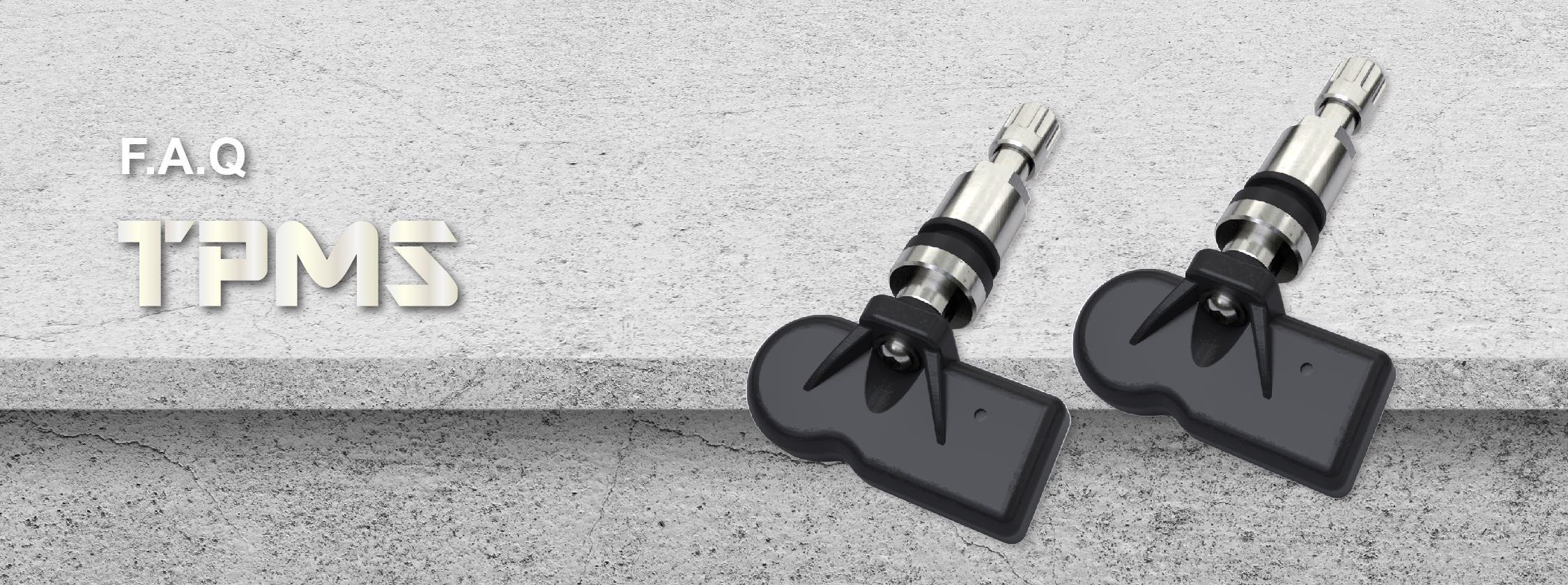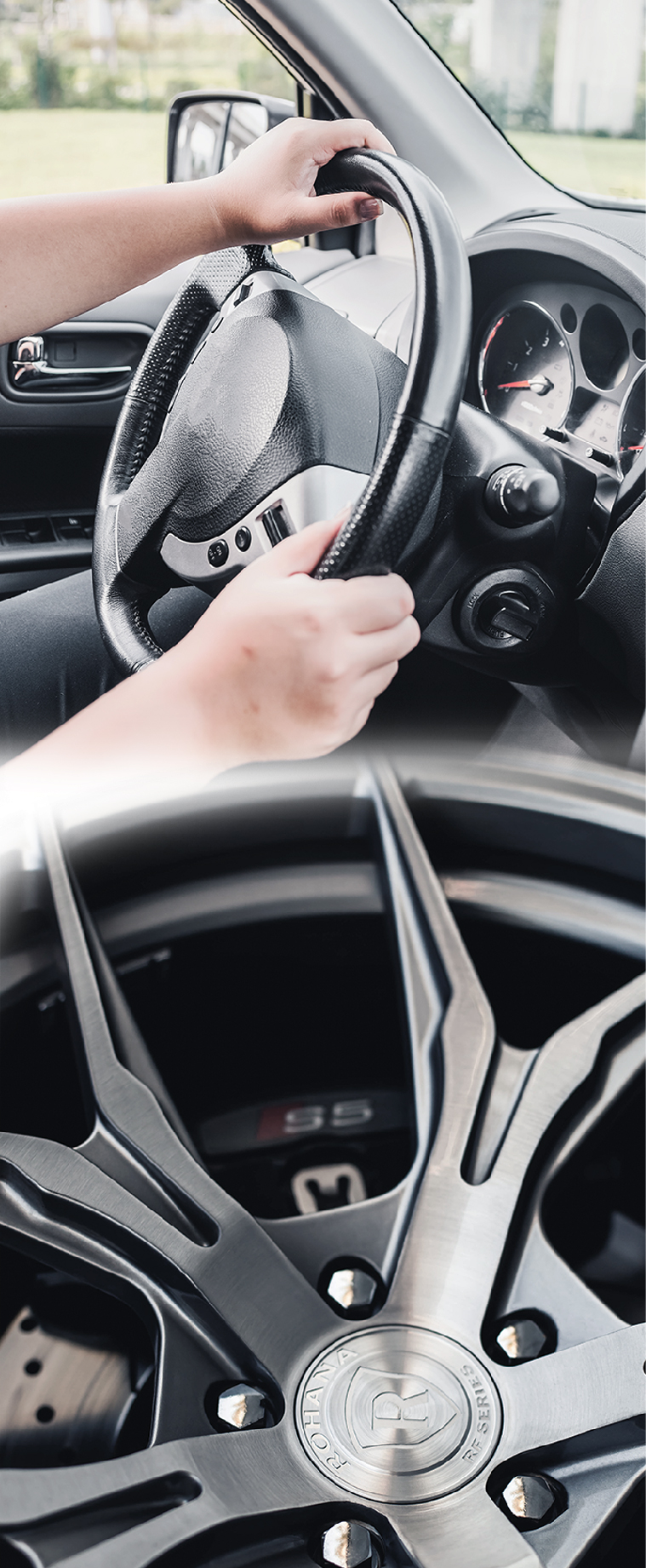


Direct TPMS sensors are fitted to the valve in the rim of the wheel. Each of sensors measures tire pressure and temperature separately for each tire, and transmits data via radio frequency (RF) to the vehicle’s electronic control unit. The driver gets reliable and accurate indications of tire pressure and temperature.
Direct TPMS sensors warn the driver instantly and accurately by illuminating an indicator light (a horseshoe-shaped light with an exclamation point in the enter) on the dashboard, showing which of the tires has a pressure problem in a display. This allows the driver and the service center to see at a glance, which tires need to be checked.
When tire pressure warning lights illuminate when driving, calmly steer away from traffic. Check the pressure in each tire by using the tire pressure gauge, which may be equipped with emergency set of your vehicle. Compare the measured tire pressure and recommended inflation pressure on the placard. The most common reason for TPMS warning light turning on is that one or more tires is at least 25% below original equipment recommend inflation pressure. You may drive slowly to find the nearest automotive service center or vehicle repair shop for tire service.
The National Highway Traffic Safety Administration (NHTSA) FMVSS No. 138 is evaluating a proposed new regulation that would require a Tire Pressure Monitoring System (TPMS) be installed in all passenger cars, light trucks (pickups, vans, sort utility vehicles) and buses that have a gross vehicle weight rating (GVWR) of 10,000 pounds or less. This is in accordance with the TREAD Act Sec. 13. NHTSA has established the final rules for 2008 all newly manufactured or imported US cars would be fitted with TPMS systems most of which use direct sensors as being the part of valve stem or banded to the wheel.
Each time a TPMS sensor is removed or replaced, do not to reuse the nut, grommet and valve core. The nut helps provide the proper torque required for seating a new grommet. If the nut is reused, the anodized surface may be scratched away and corrosion may occur. Grommets conform to match the surface of the rim. The nut, grommet, valve core of the valve stem are important to ensure proper sealing.
 886-4-25356991
886-4-25356991
 No. 39, Ln. 100, Sec. 2, Dafeng Rd., Tanzi Dist.,
No. 39, Ln. 100, Sec. 2, Dafeng Rd., Tanzi Dist.,
Taichung City 427, Taiwan (R.O.C.)
